The Jackson Public School system in Mississippi serves 26,000 students at 7 high schools, 12 middle schools, 37 elementary schools, and 2 special school sites.
The school’s IT network is organized as a hub and spoke with some schools receiving network connectivity via another school. This approach reduces the essential IT infrastructure required to maintain IT function. However, if one school loses power, there is a risk that as many as eight other schools could also lose connectivity as a result — making energy security a priority.
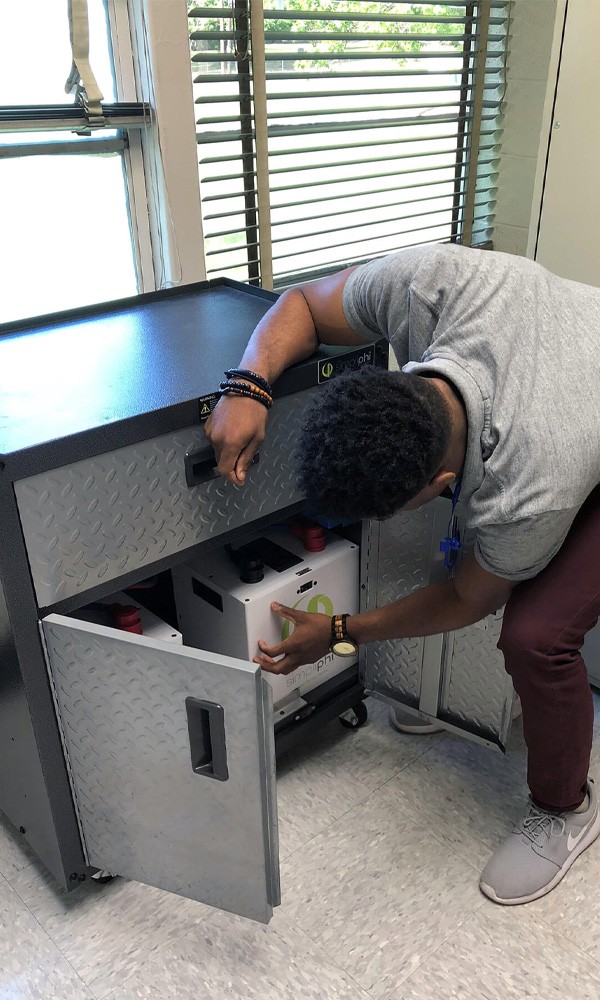

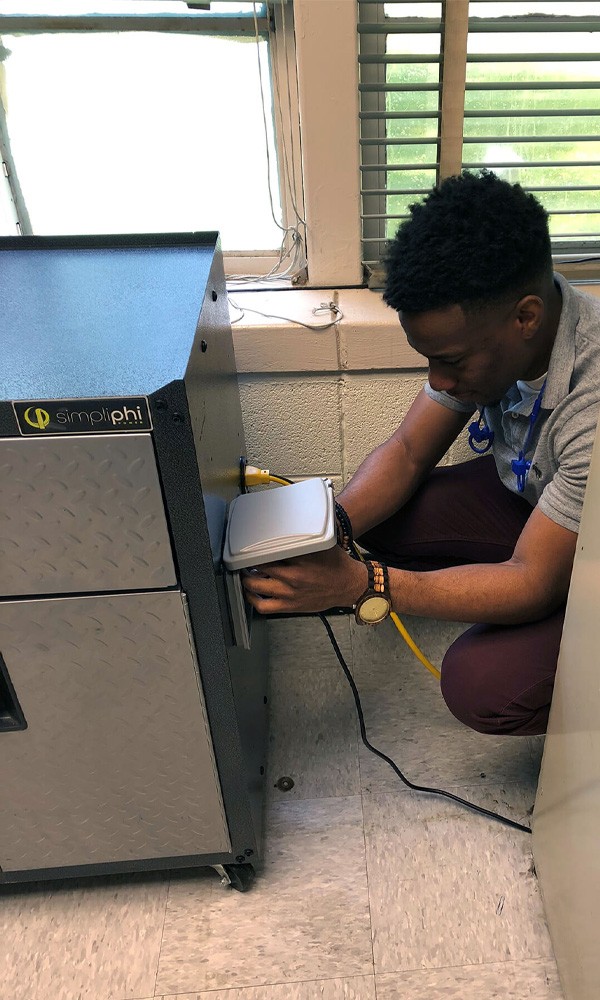
Electricity in Jackson, Mississippi, is intermittent — with frequent brownouts and fluctuations in low/high voltage. At the same time, like so many schools across the USA, the building infrastructure is aging and often unable to shoulder the load of modern appliances and technology — a vacuum cleaner or floor buffer might inadvertently blow a fuse and take out power for the entire school.
To maintain network performance in this environment, Information Technology Services Executive Director Stephan George began researching backup power options. He wanted more than a battery — he wanted a plug-and-play system that could easily and affordably be deployed across the school system.
The solution he found was a SimpliPhi (acquired by Briggs & Stratton Energy Solutions in 2021) PowerBank. The PowerBank is a battery-powered AC generator and Uninterruptible Power Supply (UPS) that stores electricity for use whenever power from the grid is unavailable, including during emergencies and blackout scenarios. Fully charged, the PowerBank delivers 5,200 Watt hours of electricity.
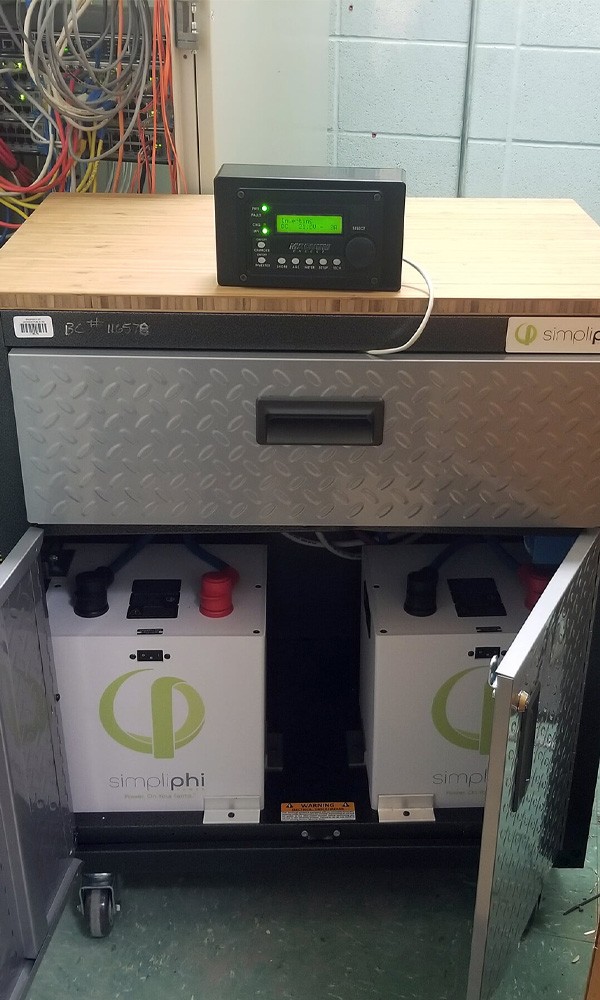
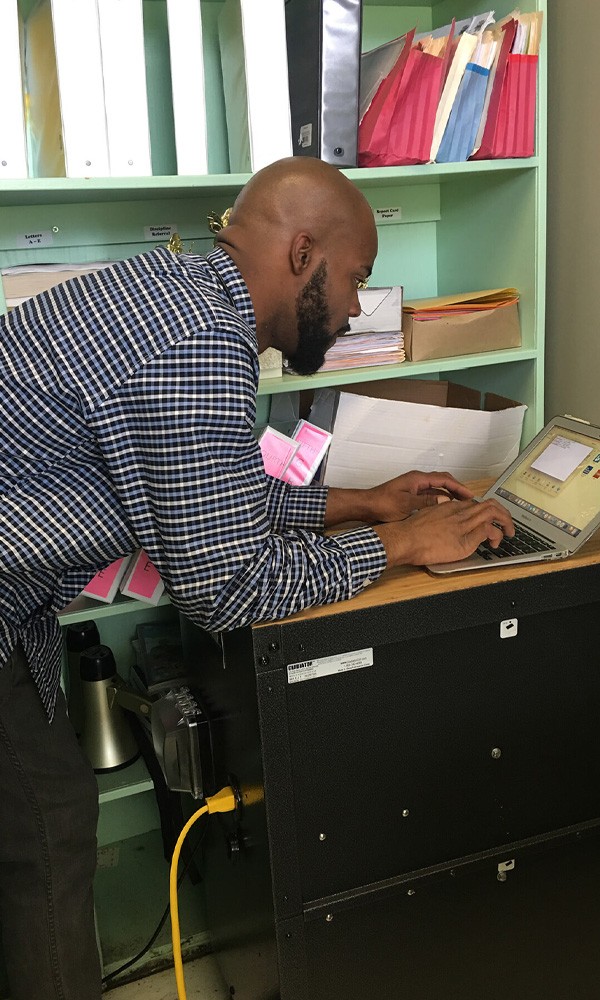
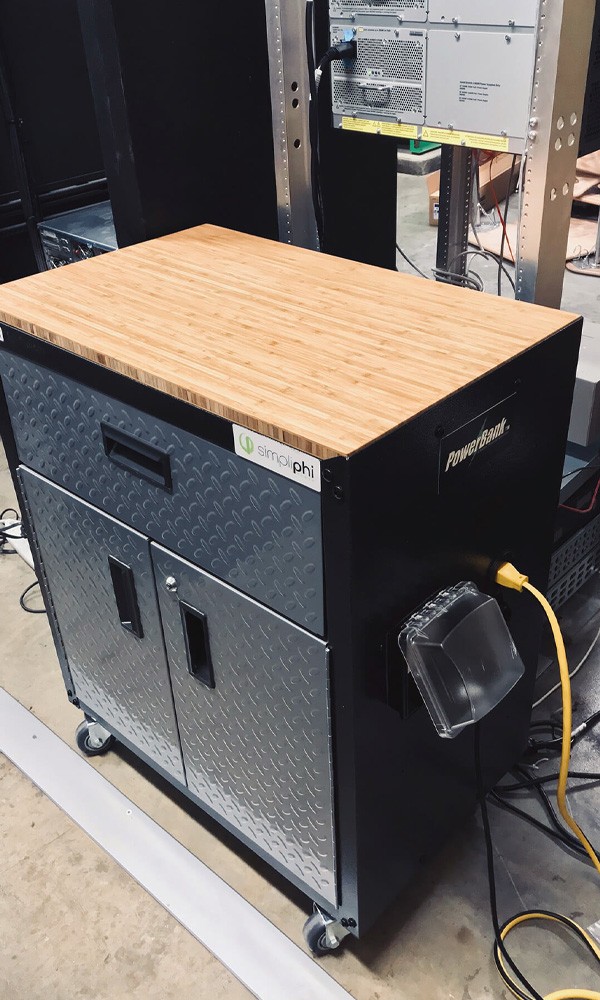
The PowerBank is a particularly appealing solution for schools because it is self-contained in a small rolling cabinet, is non-toxic, and does not require ventilation or cooling.
“We bought two PowerBanks to start to do real live tests with our equipment,” Stephan recalls. “I was like a kid in a candy store! A desktop computer with an LCD monitor ran for 8 days on one charge, and some of our large network equipment was able to run for more than 24 hours on backup alone. There were cases in which we were expecting 36 to 48 hours of power, and we were getting a week-plus.”
The successful pilot led to PowerBank deployments school-wide. As a result, Jackson’s network uptime now exceeds 99 percent and requires no expensive infrastructure upgrades.
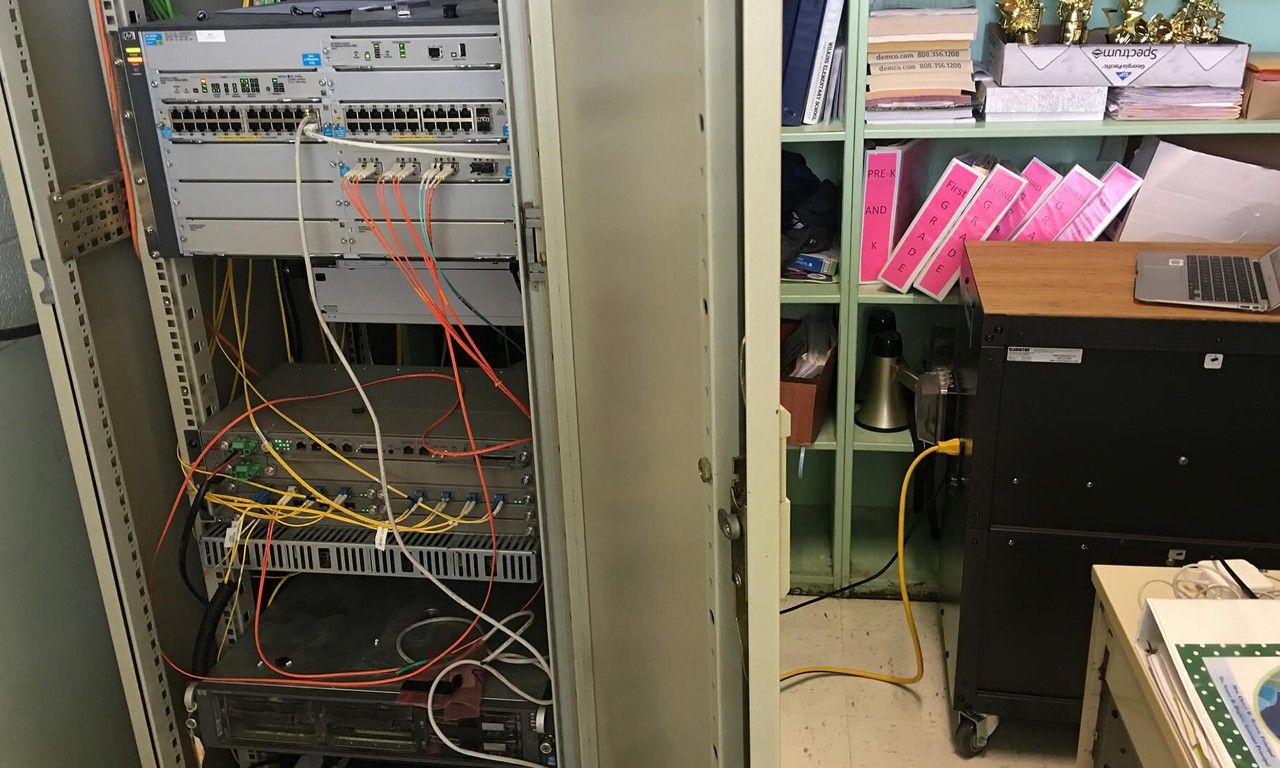

Request a Commercial Consultation
Talk with a Briggs & Stratton energy expert by clicking the button below and provide basic information about your upoming project!



